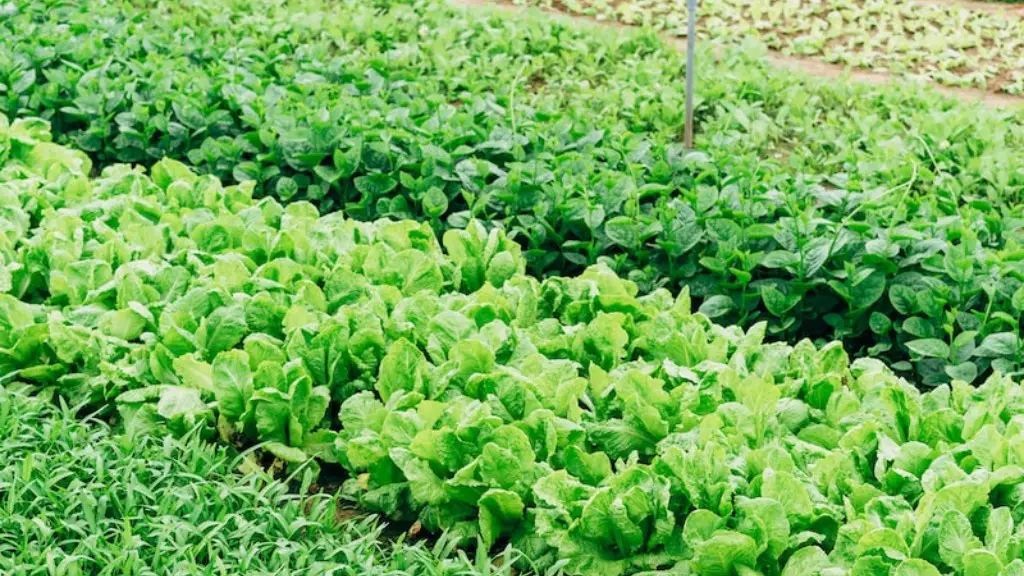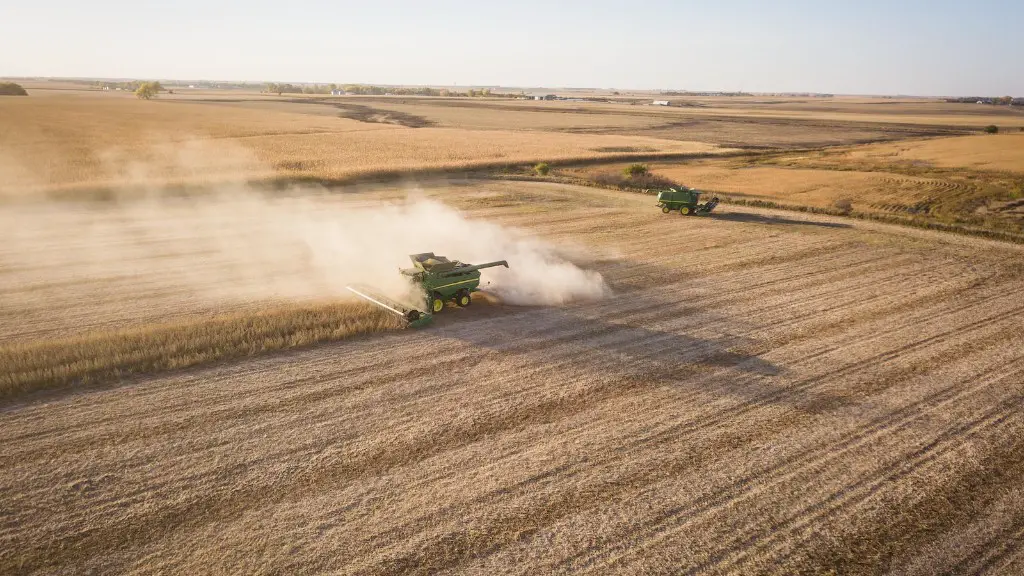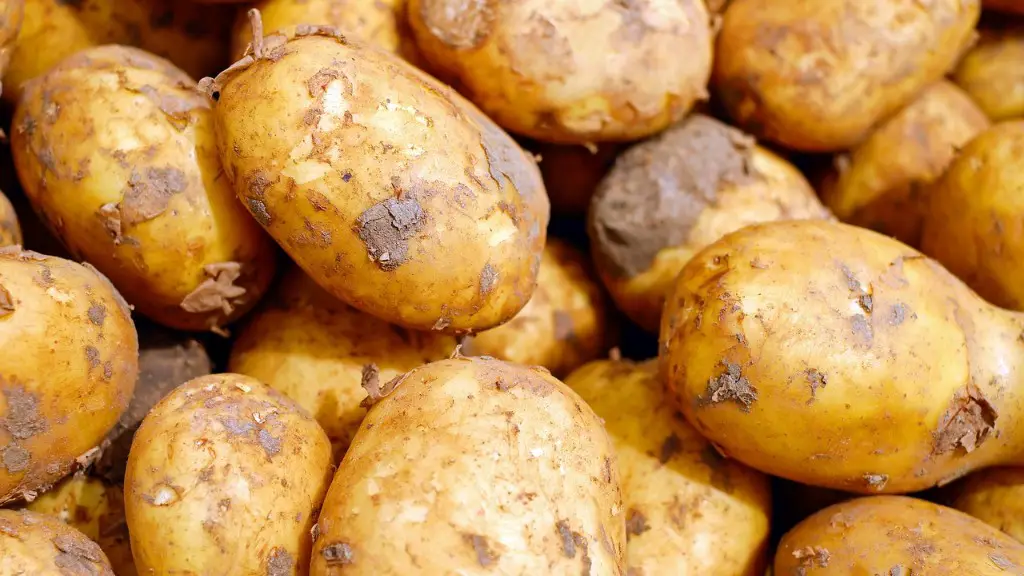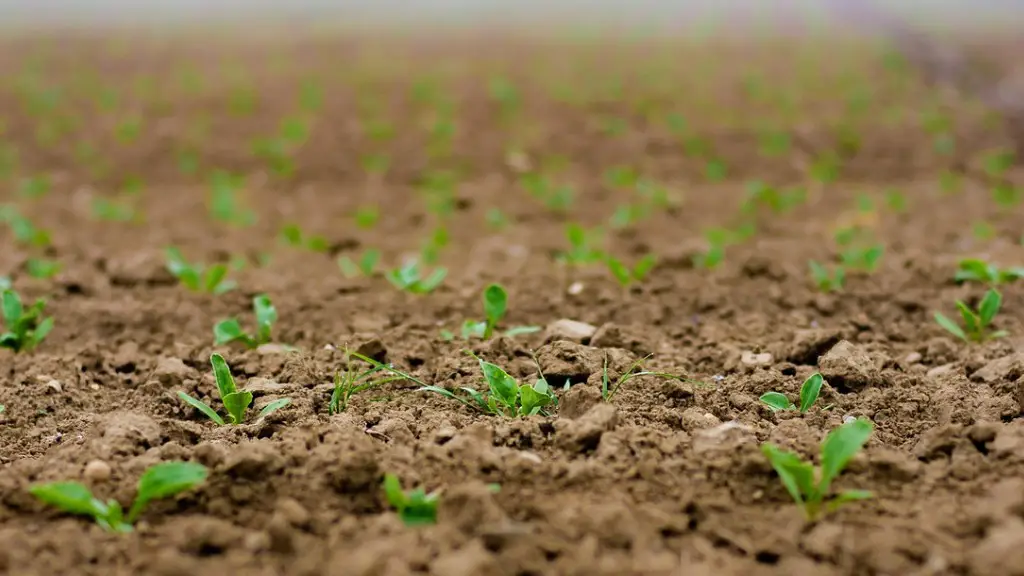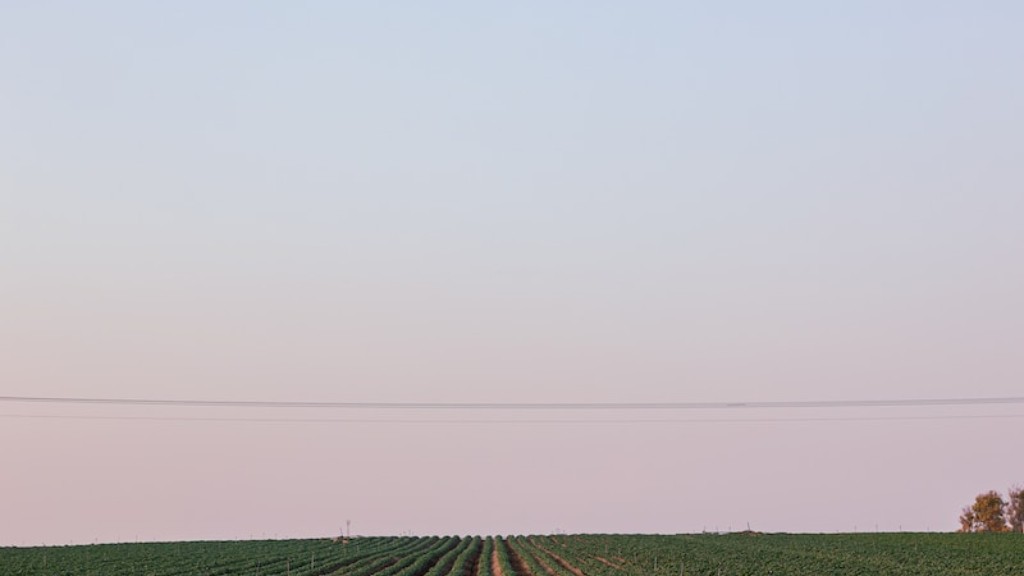Farrowing is the process of giving birth to piglets in the pig industry. It is a crucial time for the sow, as she must be able to provide enough milk for her young. For farmers, it is important to monitor sows closely during farrowing, as there is a risk of piglets being crushed.
Farrowing is the process of giving birth to piglets. It generally lasts 3-5 days and involves the sow going into a nesting and delivery Box. The first stage is when the sow starts to build a nest out of straw and other materials. The second stage is when the sow starts to farrow, or deliver the piglets. The third stage is when the sow starts to wean the piglets, or feed them solid food.
What happens during farrowing?
As a sow/gilt nears farrowing, her respiratory rate will increase and she may start to breathe through her open mouth. Additionally, her vulva will swell and soften, and she may exhibit abdominal contractions. These are all signs that her mammary gland is developing and milk let down is imminent. Milk let down usually occurs within 24 hours of farrowing.
A farrowing system must provide a safe and comfortable environment for the sow and her litter. It should be easy to clean and maintain, and should promote healthy growth and development of the piglets.
What are the 3 stages of the farrowing process
The pre-farrowing period is a critical time for the sow as the mammary glands develop and the vulva swells. This can be a stressful time for the sow, so it is important to provide a calm and comfortable environment.
The farrowing process can be divided into three stages: early, active and late. The early stage is when the sow starts to build her nest and her contractions begin. The active stage is when the sow starts to push and the piglets are born. The late stage is when the afterbirth is expelled.
It is important to provide the sow with plenty of clean bedding during the farrowing process to help her stay clean and comfortable. After the piglets are born, they will need to be cleaned and dried off to prevent them from getting cold. The sow will also need to be cleaned off to prevent her from getting dirty and to help her heal.
The immediate post-farrowing period is when the sow expels the afterbirth. This can be a messy time, so it is important to have clean bedding available. The sow will also need to be monitored for any signs of infection.
There are 10 steps to successful farrowing:
1. Prepare farrowing rooms
2. Make sure sows are ready to farrow
3. Evaluate environment daily
4. Induce sows with care
5. Work to reduce stillbirths
6. Warm up and dry off all piglets
7. Ensure all pigs receive a good dose of colostrum
8. Minimize transfers
9. Keep sows and piglets comfortable
10. Monitor sows and piglets closely
How long does a pig take to Farrow?
A sow giving birth to piglets before 109 days is considered as an abortion and any piglets born between 109 and 112 days is considered as a premature farrowing.
Farrowing is the process of giving birth to piglets. It usually occurs within 24 hours after milk is present. As farrowing approaches, sows may be restless and excitable; some may be vicious. Normal farrowing may be completed in less than 1 hour, or may exceed 5 hours.
How soon can a sow be bred after farrowing?
Many sows weaned during the first two days after farrowing will not breed back normally until five to eight weeks postpartum. This is according to Britt, who says that sows need to be properly weaned in order to breed back successfully. Improper weaning can cause a number of problems, including decreased litter size and poor sow health.
There are a few conditions that are associated with a difficult farrowing: long labor, over conditioning, interruptions in the process, and incorrect positioning. If a sow is taking too long to deliver a piglet, it may be due to the baby being too big, the mother being too small, or the mother being overcrowded. An over conditioned female is either a fat sow or gilt that doesn’t have enoughpelvic space to deliver the piglets. Interruptions in the process of giving birth can happen if the piglets are not in the correct position or if they become stuck in the birth canal.
How long do farrowing pigs last
Farrowing is the process of giving birth to piglets. It usually takes between two and four hours for the sow or gilt to deliver the foetuses, with placental expulsion occurring up to four hours later.
Pregnancy in pigs usually lasts for 3 months 3 weeks and 3 days. A well-fed sow can produce at least 10 piglets from each pregnancy and may have 2 litters each year. However, the average litter size is usually between 6 and 8 piglets.
Why do sows crush their piglets?
Piglet crushing is a serious problem in the pig industry, as it can lead to death or serious injury of the piglets. The main cause of piglet crushing is the failure of the piglets to avoid the sow, or the sow’s illness or behavioural problems which lead her to ignore the piglets. This problem occurs most frequently in systems of husbandry which do not fully protect the piglet from the sow or provide a separate lying environment.
Sows should not be fed for 12-24 hours after farrowing, but water should be continuously available. A laxative feed may be fed at the first post-farrow feeding; amount of feed should be gradually increased until the maximal feed level is reached as soon as possible after farrowing.
What to do after pig gives birth
Pigs are born with a navel that needs to be disinfected. This is typically done with tincture of iodine. If possible, it is also beneficial to equalize litter size. This means that if there are several sows farrowing within a 24-hour period, pigs can be transferred successfully from one sow to another. This helps to ensure that all of the pigs have access to the same resources and that no pig is left behind.
A farrowing crate is a cage used to confine a sow during the birthing process. Its main purpose is to protect the piglets from being crushed by the sow. By controlling the sow’s movements, the farrowing crate reduces the risk of piglets being injured or killed.
Where do piglets go after the farrowing barn?
After weaning, piglets are moved to a nursery or to a wean-to finish barn. This is because piglets from different litters can stimulate each other’s growth. By being housed with other piglets, they can learn social behaviors and reduce stress.
This behaviour is called “savaging” and it’s a serious problem for pig farmers. It can cause significant losses, as the sow can kill and eat her own piglets. The reasons for this behaviour are complex and not always easy to identify or stop. If you have a sow that is savaging her piglets, you should contact your veterinarian or extension agent for assistance.
Warp Up
Farrowing is the process of giving birth to piglets. It typically lasts for three weeks and is divided into three phases: pre-farrowing, farrowing, and post-farrowing.
Farrowing is the process of giving birth to piglets in the pig industry. It is a natural process that happens once a year and lasts for about three weeks. After the piglets are born, they are removed from the sow and are put into a separate pen. The sow is then allowed to recover for about two weeks before she is ready to mate again.
